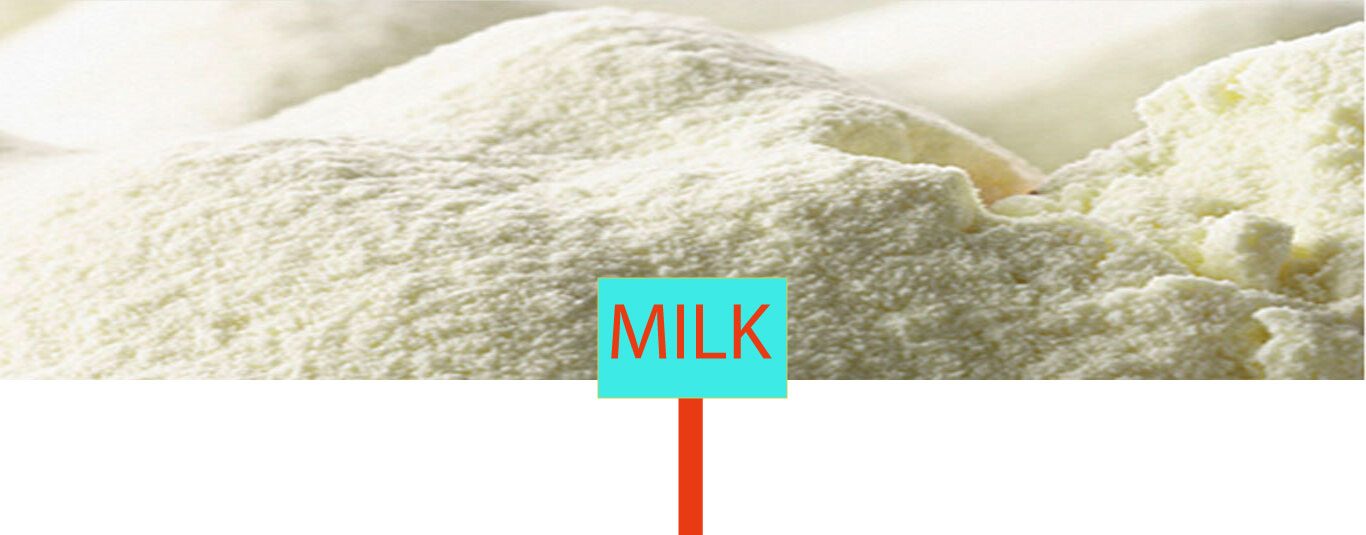
Tescom Australia dairy is dedicated to creating high-quality food, giving our animals the greatest care possible, protecting the environment as much as possible, and helping communities and dairy workers. We want more people to be aware of Australian dairy because we are proud of it.
In addition to being high in calcium, milk also has over ten other vital minerals that support overall health.
According to recent scientific research, milk also has whey protein, sphingomyelin, and conjugated linoleic acid, among other healthy ingredients.
These nutrients and advantageous elements lower the risk of heart disease, stroke, hypertension, type 2 diabetes, metabolic syndrome, and colorectal cancer, according to the Australian Dietary Guidelines. These are a few of Australia’s leading causes of death.
Consuming milk helps you prepare for and recover from physical activity and sports. It is also linked to keeping a healthy weight.
Fresh Milk
There are various types of fresh milk available, such as full-fat (containing approximately 3.8% of fat on average), low-fat (less than 1.5% of fat), skim (containing no more than 0.15% of fat), modified (enriched with additional protein, vitamins, or other nutrients), and buttermilk.
Concentrated Milk
The process of making concentrated milk involves dehydrating milk. One type of concentrated milk is milk, which is produced by canning, sterilizing, and raising the milk solids to 28%. On occasion, sweetener is added.
Another type of concentrated milk is milk powder. These are produced using a similar method using a milk concentrate that is dried to just 3% moisture content after comprising roughly 40% milk solids.
Durable Milk
All microorganisms and heat-resistant enzymes have been rendered inactive by the superheated milk. For instance, long-life Milk also referred to as Ultra-Heat Treatment, or UHT, is heated to 140°C for two seconds, whereas ordinary fresh milk is heated to 74°C for fifteen seconds.
Raw Milk
Any kind of milk that hasn’t been pasteurized—a process that involves heating the milk to kill bacteria—is referred to as raw milk.
A1/A2 milk:
A1 and A2 speak of a particular protein called beta casein that is present in milk. The amount of A1 or A2 protein in milk varies depending on the breed of cow.
TESCOM AUSTRALIA PTY LTD

